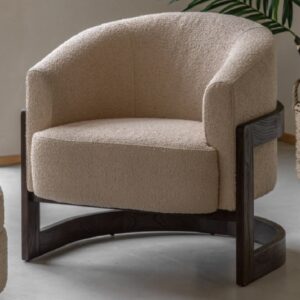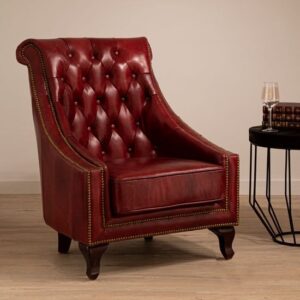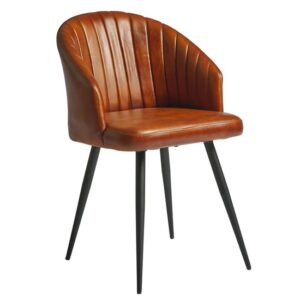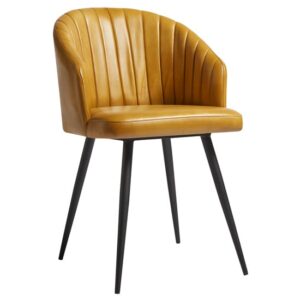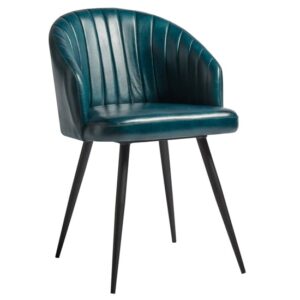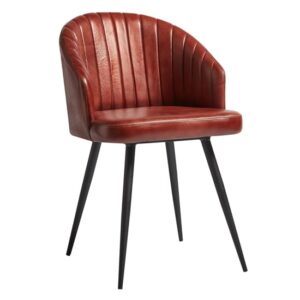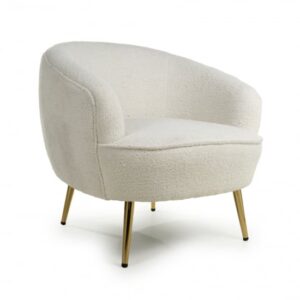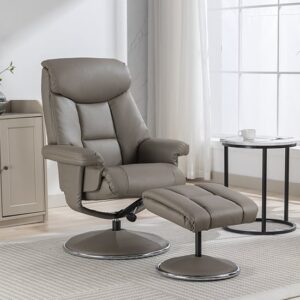The History of Armchairs: From Ancient Times to Modern Day Design
Armchairs are a ubiquitous piece of furniture in modern times, but the history of these chairs goes back centuries. From simple wooden stools to ornate thrones, armchairs have evolved over time to become the functional and stylish pieces we know today. In this blog post, we’ll explore the history of armchairs from ancient times to modern-day design.
-
- Sale!
- Armchairs For Sale, Fabric Armchairs
Dotson Fabric Armchair With Wooden Frame In Cream
-
£1,004.95Original price was: £1,004.95.£669.95Current price is: £669.95. - More Info
-
- Sale!
- Armchairs For Sale, Fabric Armchairs
Dotson Fabric Armchair With Wooden Frame In Charcoal
-
£809.95Original price was: £809.95.£539.95Current price is: £539.95. - More Info
-
- Sale!
- Armchairs For Sale, Fabric Armchairs
Celina Fabric Armchair With Wooden Frame In Cream
-
£809.95Original price was: £809.95.£539.95Current price is: £539.95. - More Info
-
- Sale!
- Armchairs For Sale, Fabric Armchairs
Dotson Fabric Armchair With Wooden Frame In Green
-
£809.95Original price was: £809.95.£539.95Current price is: £539.95. - More Info
-
- Sale!
- Armchairs £300 - £500, Armchairs For Sale
Morioka Rattan Armchair With Silver Velour Seat Cushion
-
£599.95Original price was: £599.95.£399.95Current price is: £399.95. - More Info
-
- Sale!
- Armchairs For Sale, Armchairs Under £300
Pulford Velvet Upholstered Armchair In Grey
-
£284.95Original price was: £284.95.£189.95Current price is: £189.95. - More Info
-
- Sale!
- Armchairs For Sale, Armchairs Under £300
Pulford Velvet Upholstered Armchair In Blush Pink
-
£284.95Original price was: £284.95.£189.95Current price is: £189.95. - More Info
View more armchairs here>> Great alternatives to NEXT Armchairs, John Lewis or M&S Armchairs
The History of Armchairs: From Ancient Times to Modern Day Design
The history of armchairs dates back to ancient Egypt, where they were reserved for the pharaohs and high-ranking officials. These chairs were often made of gold and decorated with precious stones and intricate carvings. They were designed to symbolize power and authority and were considered to be status symbols. In ancient Greece, armchairs were also reserved for the elite and were often made of wood and adorned with carved figures.
Middle Ages and Renaissance
During the Middle Ages, armchairs became more common, but they were still considered luxury items reserved for the wealthy. The chairs were often made of oak or walnut and featured intricate carvings and ornate designs. In the Renaissance period, armchairs became more accessible to the middle class, and designs became more elaborate, featuring intricate carvings, gilding, and rich fabrics.
View more tub chairs here>> Great alternatives to NEXT tub chairs, John Lewis or M&S tub chairs
18th and 19th Century
In the 18th century, armchairs became more refined, with designers incorporating curved lines and elegant fabrics. The Rococo style was popular, featuring ornate details and whimsical designs. In the 19th century, the Victorian era saw a resurgence of elaborate armchair designs, with chairs featuring tufted backs, floral patterns, and rich fabrics such as velvet and silk.
20th Century and Modern Day
In the 20th century, designers began to experiment with new materials, such as plastic and metal, resulting in new and innovative armchair designs. The Mid-Century Modern movement, which emerged in the 1950s and 60s, brought a focus on sleek and minimalist designs, with chairs featuring clean lines and geometric shapes. The 1980s saw a revival of traditional armchair designs, with a focus on comfort and luxury.
Today, armchairs continue to be a popular and essential piece of furniture in many homes. Designers continue to experiment with new materials and shapes, resulting in armchairs that are both functional and visually stunning. Some modern designs even incorporate smart technology, such as built-in speakers and massagers, to provide a truly immersive experience.
View more recliner chairs here>> Great alternatives to NEXT recliner chairs, John Lewis or Marks & Spencer recliner chairs
Conclusion
In conclusion, the history of armchairs is a fascinating journey through time, reflecting the evolution of design and societal trends. From the ornate designs of ancient Egypt to the minimalist styles of the 20th century, armchairs have evolved with the times, reflecting changing tastes and design trends. Today, armchairs remain an essential part of interior design, providing both comfort and style to any space.



